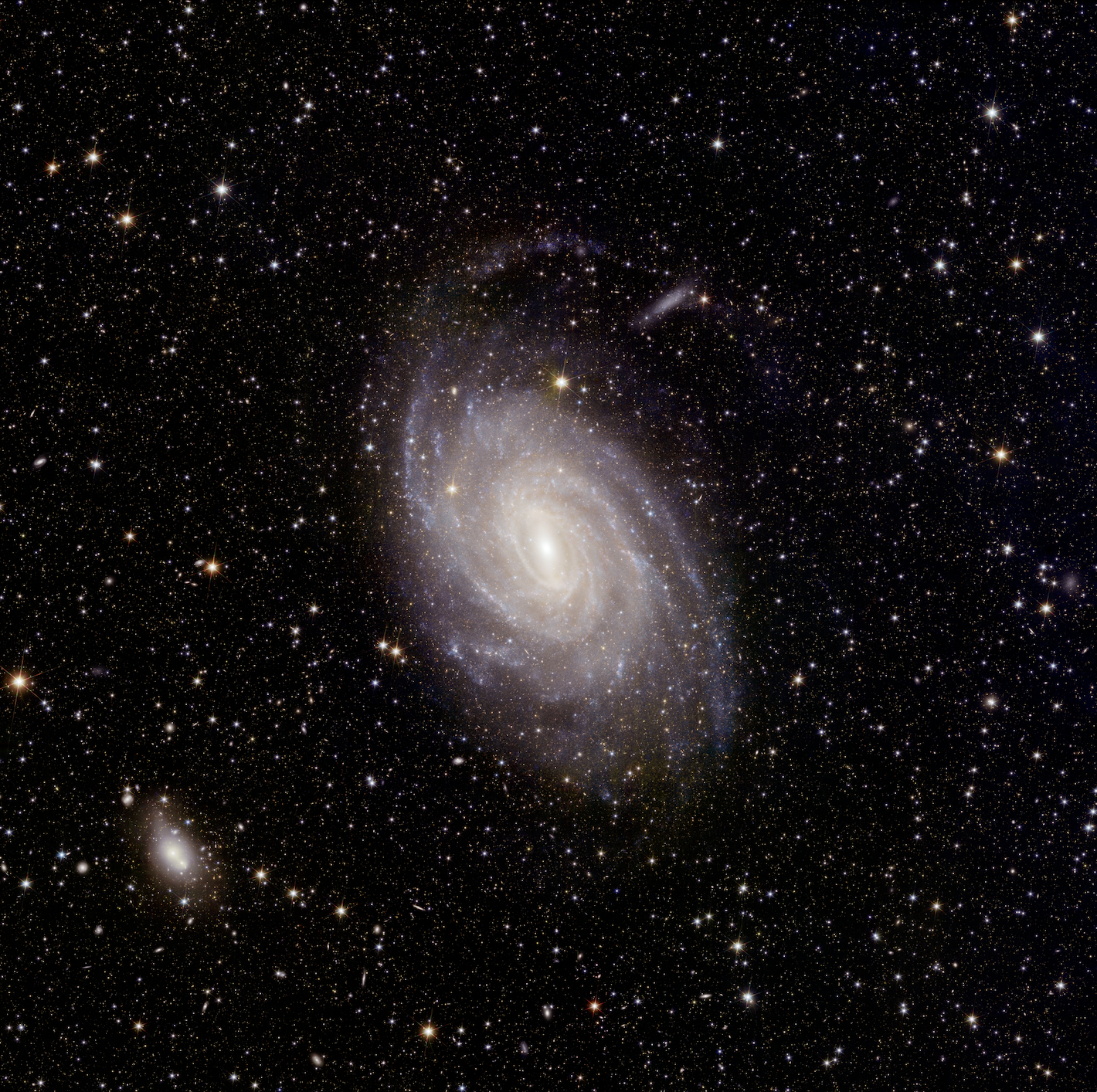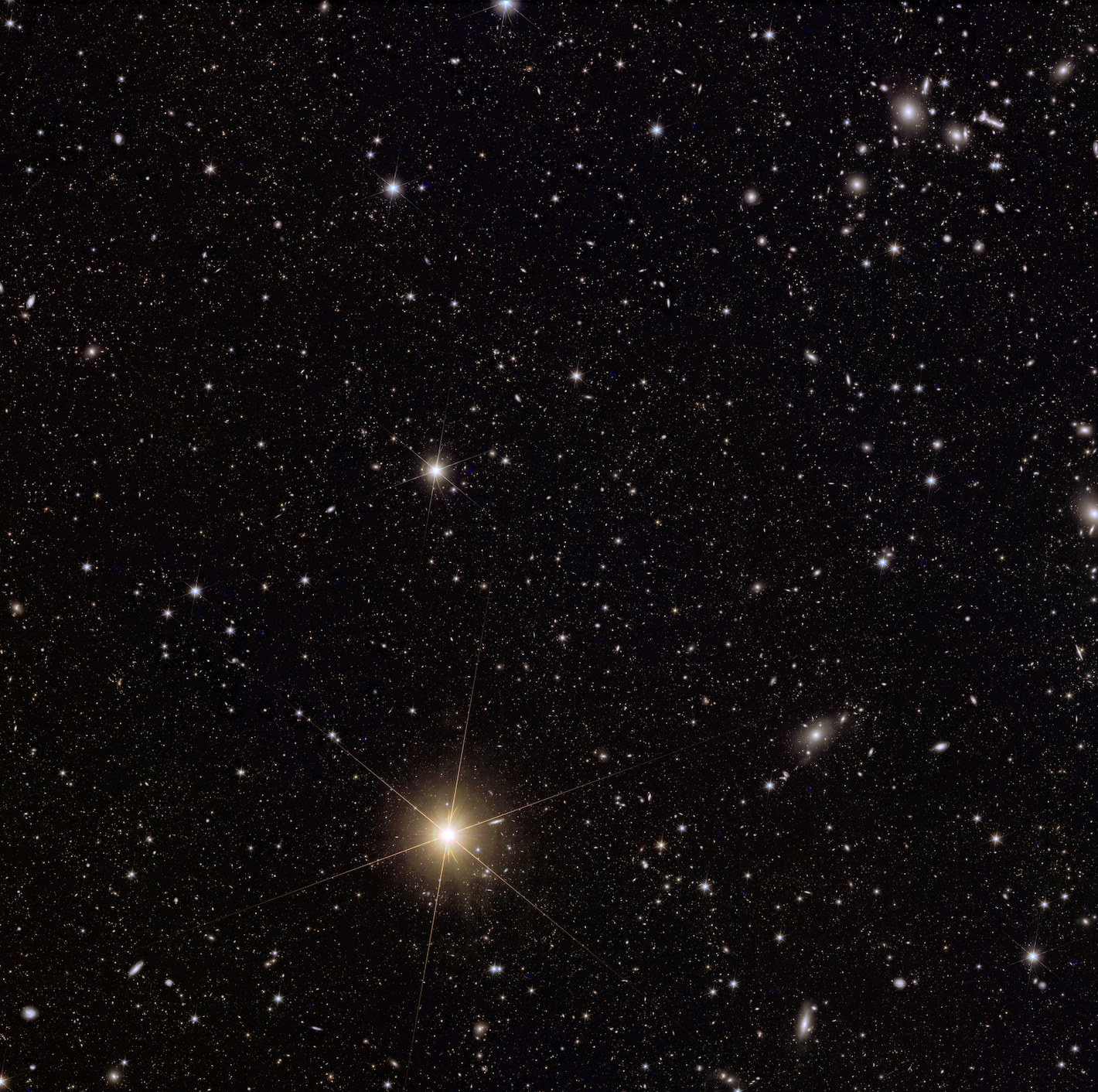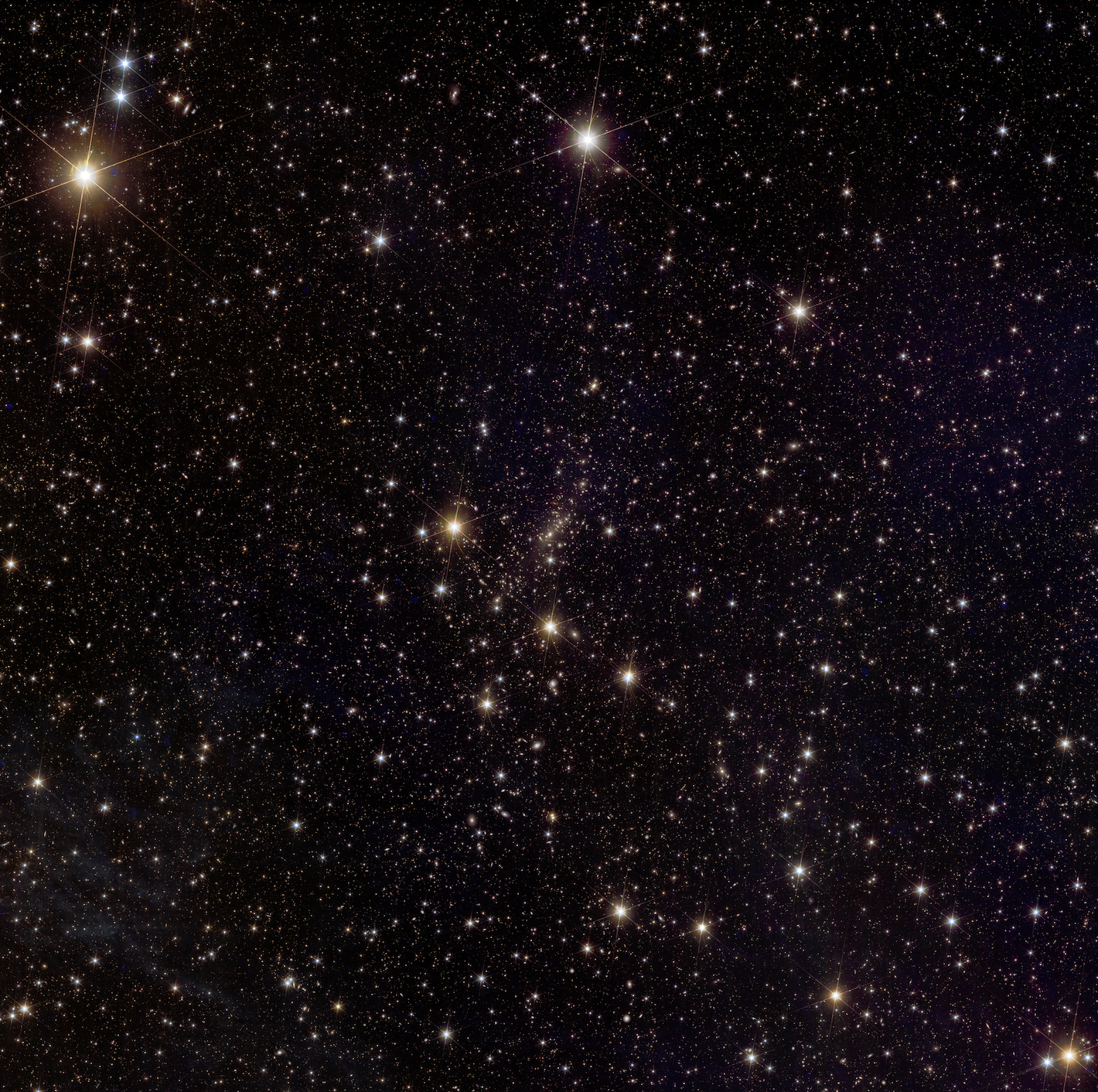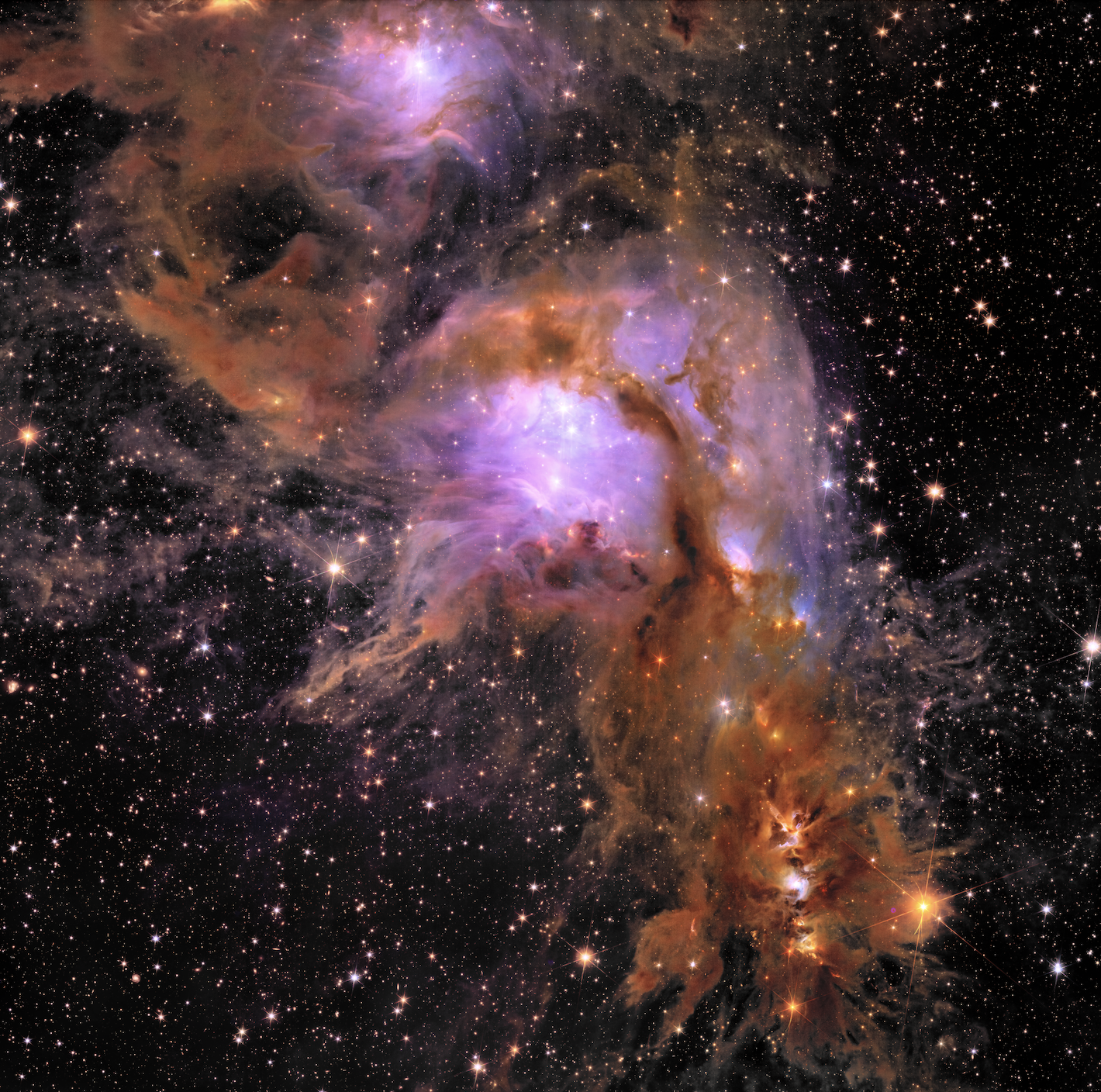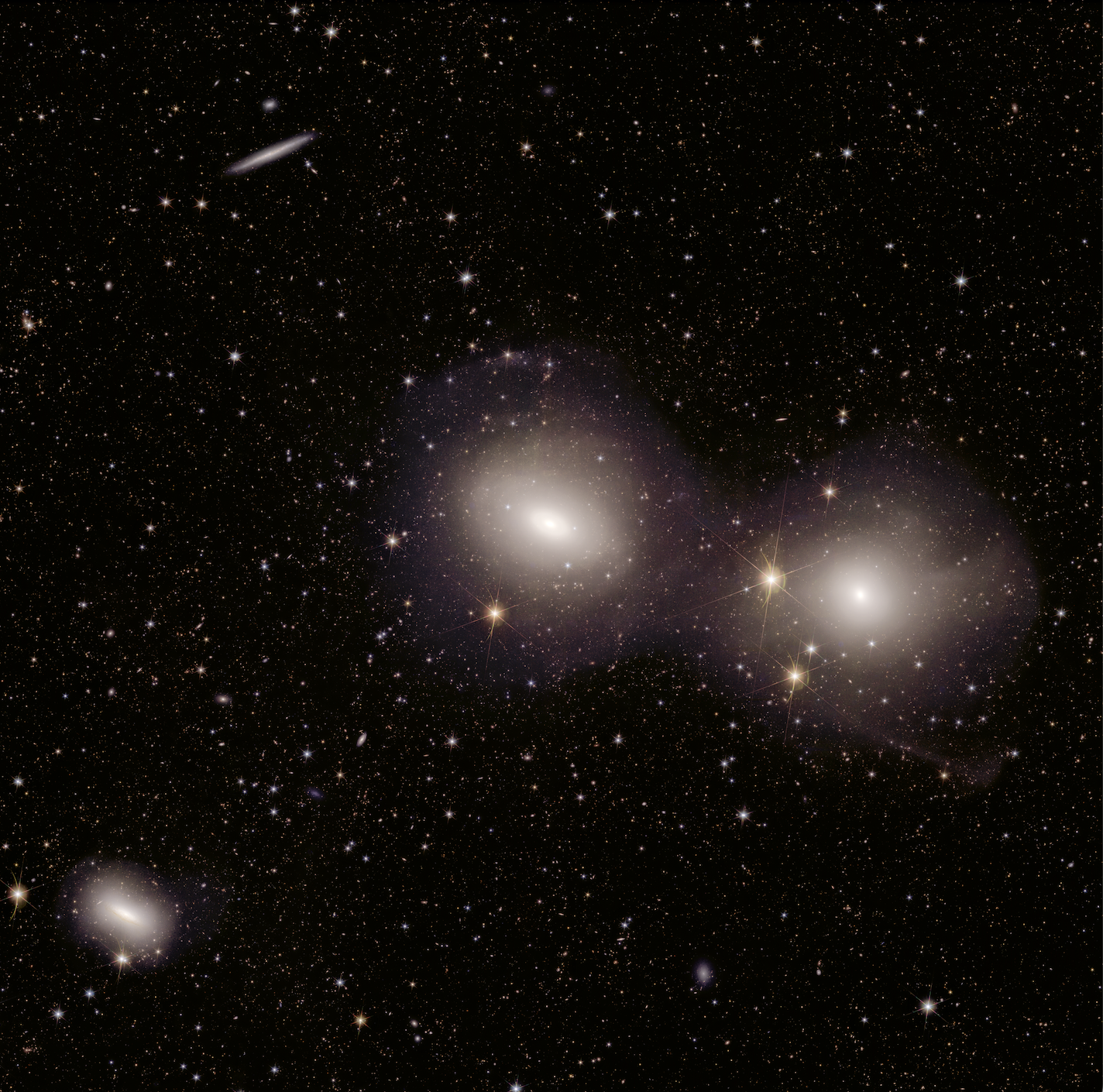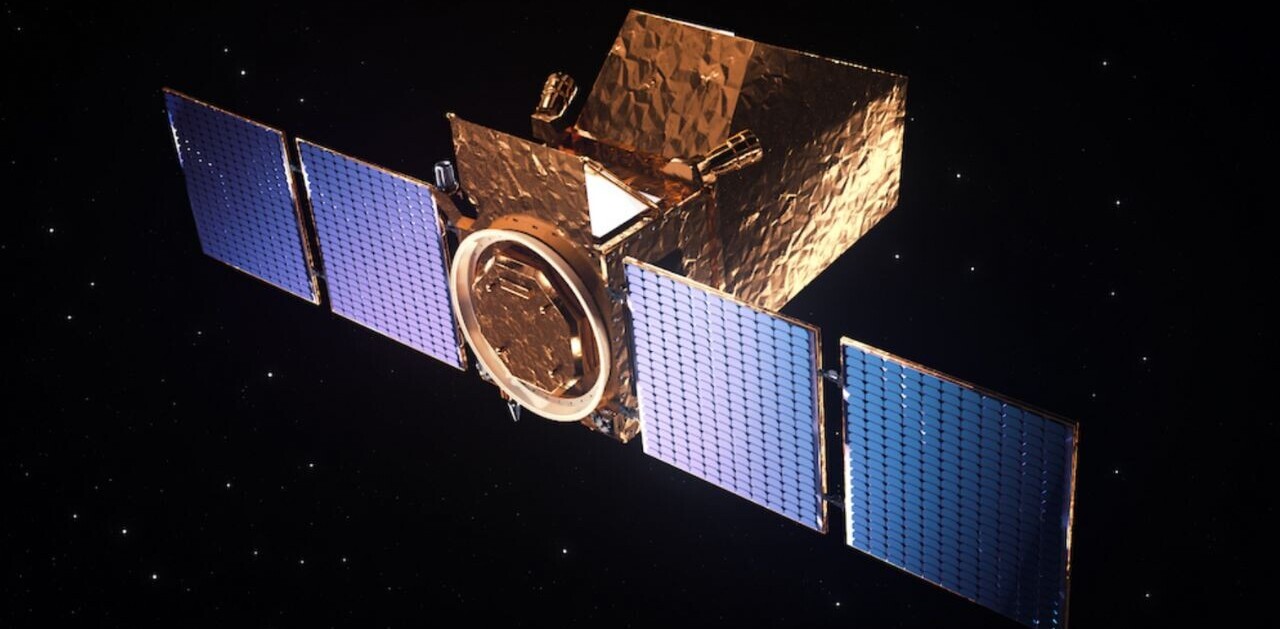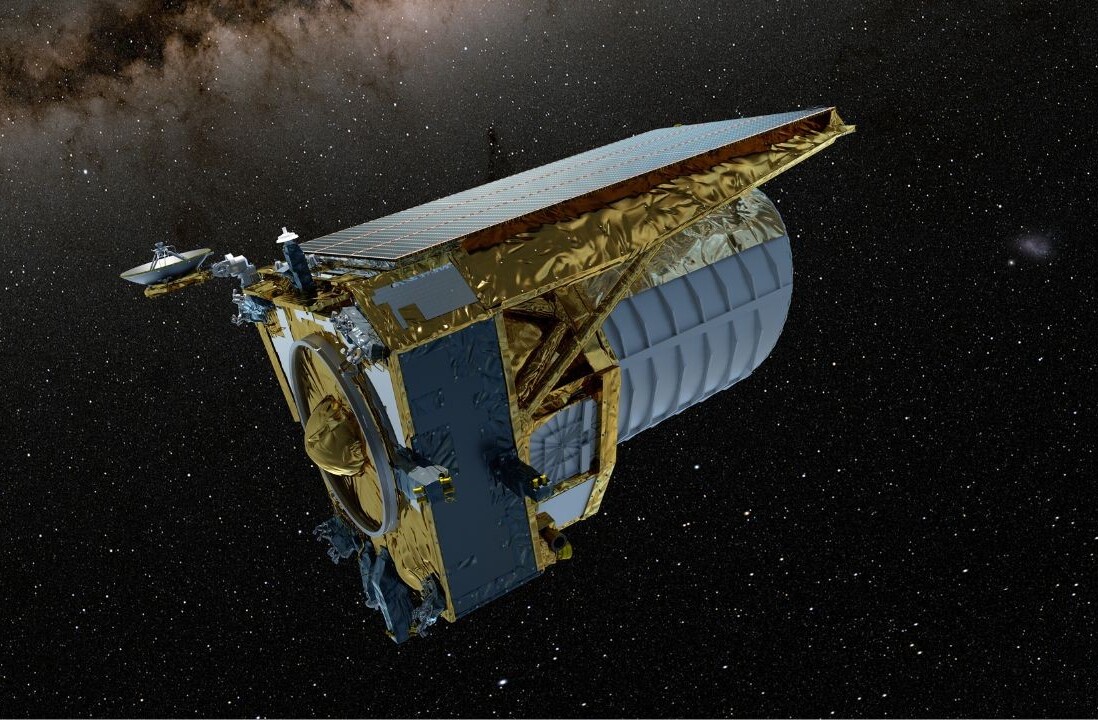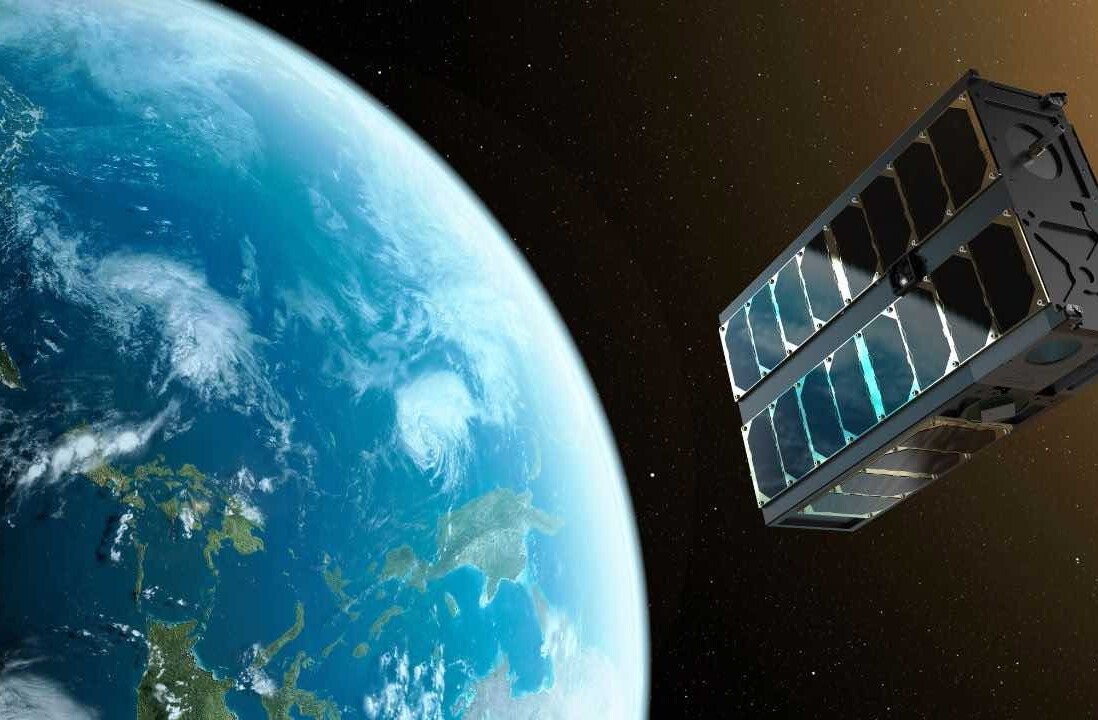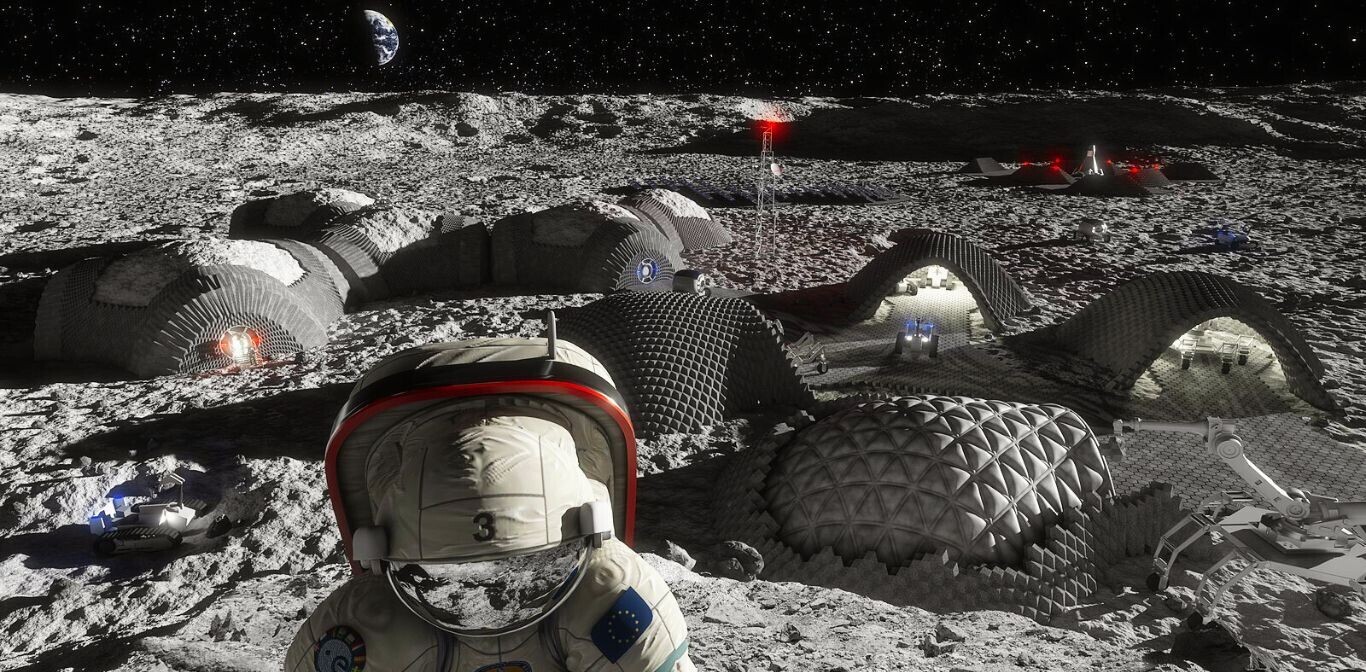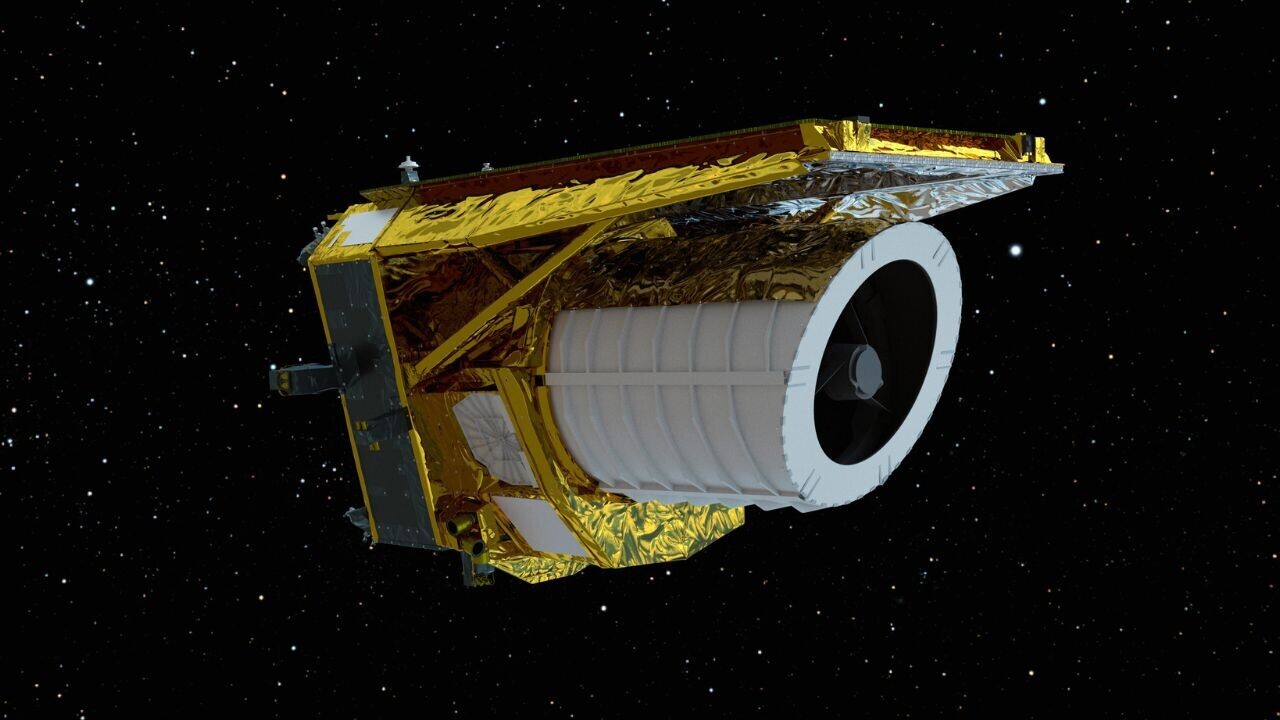
A space mission exploring the “dark universe” has released its first scientific data — and five new extraterrestrial snapshots.
Captured by the European Space Agency’s (ESA) Euclid telescope, the observations paint a never-before-seen picture of the cosmos. They also offer new insights into the properties of celestial bodies.
The images are at least four times sharper than any taken from ground-based telescopes, according to ESA. They depict five diverse space objects:
- The Abell 2764 region of galaxies orbiting within a halo of dark matter
- The Messier 78 star-forming region
- The NGC 6744 spiral galaxy
- The Dorado Group of galaxies in the southern hemisphere
- The Abell 2390 cluster of galaxies that resemble the Milky Way
Feast your eyes on their beauty in the gallery below:
Euclid’s journey into space
The new images offer a glimpse of what’s to come for Euclid. Over its six-year life, the telescope will observe billions of galaxies up to 10 billion light years away. Collectively, they’re set to create the biggest ever 3D map of the sky.
The map will offer new data on the universe’s expansion and the workings of gravity. It will also investigate dark energy and dark matter.
To build the map, the telescope is deploying two high-tech cameras: VIS, which captures the cosmos in visible light, and NISP, which measures the distances to galaxies and the expansion speed of the universe.
“This space telescope intends to tackle the biggest open questions in cosmology,” said Valeria Pettorino, ESA’s Euclid Project Scientist. “And these early observations clearly demonstrate that Euclid is more than up to the task.”
Get the TNW newsletter
Get the most important tech news in your inbox each week.
